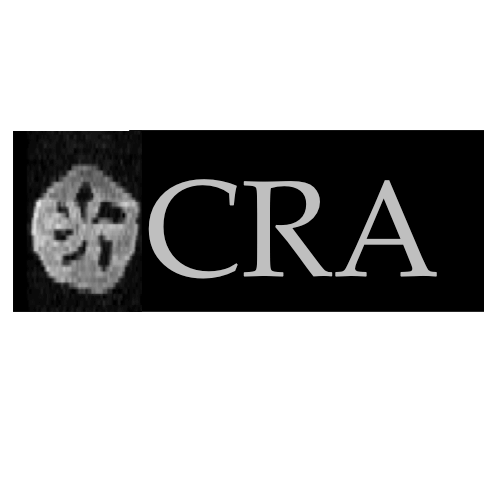Application
Open-source low-cost console for real-time MR acquisitions
Contributors
Suma Anand1, Hengjie Liu2, Jonathan Lee3, Wending Tang2, Jason P. Stockmann4,5, Lawrence L. Wald4,5, Thomas Witzel4,5
Contact
sanand@mit.edu
OCRA stands for Open-source Console for Real-time Acquisition. It is a low-cost, open-source console (hardware controller) for MRI. Conventional MRI consoles may be high cost, closed-source, and inflexible, in that it is not possible to change acquisition parameters once the scan is started. In contrast, OCRA is under $500, open-source, and capable of real-time updates: the console can make changes to the pulse sequence based on the acquired data, enabling closed-loop control of the scan. For hardware, OCRA uses the STEMLab/Red Pitaya 125-14 board. The STEMLab/Red Pitaya comes with a Xilinx Zynq 7010 SoC, two 125 Msps 14-bit resolution ADCs and two 125 Msps 14-bit resolution DACs and 16 DIO pins connected to the programmable logic and currently sells for $329 USD. The hardware allows direct digitization of the MR signals from DC-40MHz Larmor frequency and higher frequency operation if an external mixing stage is added. In order to provide gradient waveforms, we connected 3 AD5780 18-bit resolution DACs externally. The FPGA has been programmed to include a 48-bit frequency resolution programmable numerically controlled oscillator (NCO), digital IQ modulation and demodulation as well as down-conversion of the receiver signal to 2.5Msps baseband. The transmit signal is up-converted from a freely programmable sample rate independent of the down-conversion rate. The gradient DACs are controlled by a custom SPI core providing simultaneous updates of the gradient outputs at a rate of up to 200 kHz, with a SPI clock of 33 MHz. The functionality of the console has been demonstrated on the MGH/MIT Tabletop scanners developed in 2014 and used in MIT courses to teach students about signal processing. Our site provides full documentation, and we encourage the MRI community to contribute to our github repository.
Specifications:
- Frequency: 0-40 MHz (for higher frequencies, an external mixer is required)
- Main board: STEMLab/Red Pitaya 125-14 board, with Xilinx Zynq 7010 SoC
- Other hardware on the Red Pitaya: 2 125 Msps 14-bit resolution ADCs, 2 125 Msps 14-bit resolution DACs, 16 DIO pins
- Other external hardware: 3 AD5780 18-bit resolution DACs (for gradient waveforms)
Publications
Affiliations
1Massachusetts Institute of Technology, Cambridge, MA, USA
2Tsinghua University, Beijing, China
3UC Berkeley, Berkely, CA, USA
4Harvard Medical School, Boston, MA, USA
5A.A. Martinos Center for Biomedical Imaging, Charlestown, MA, USA


